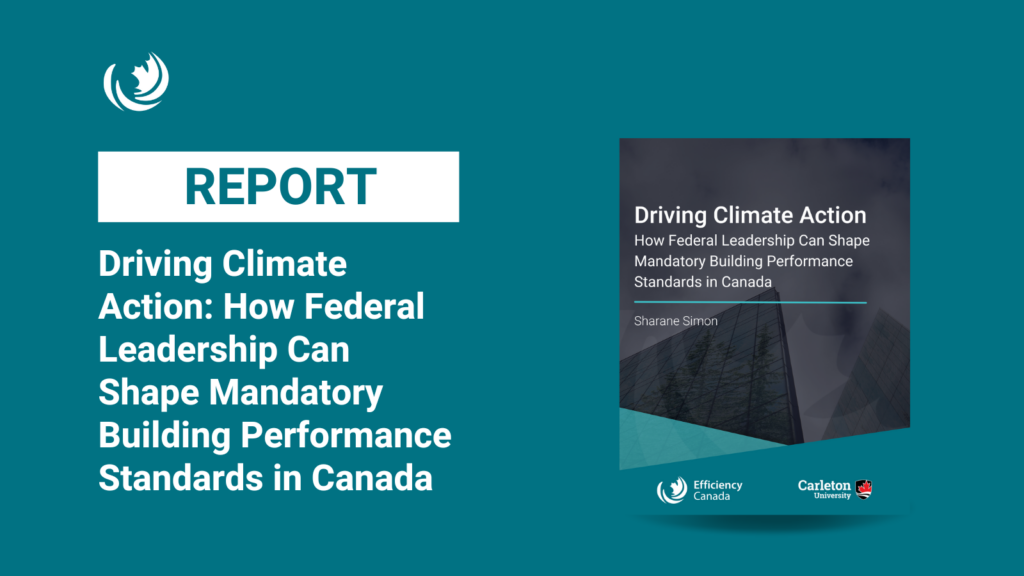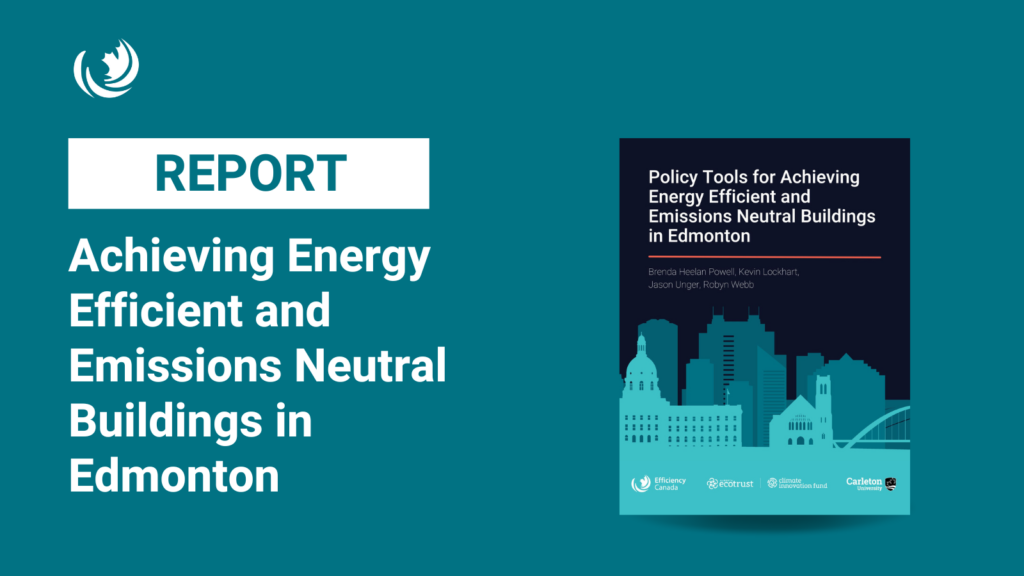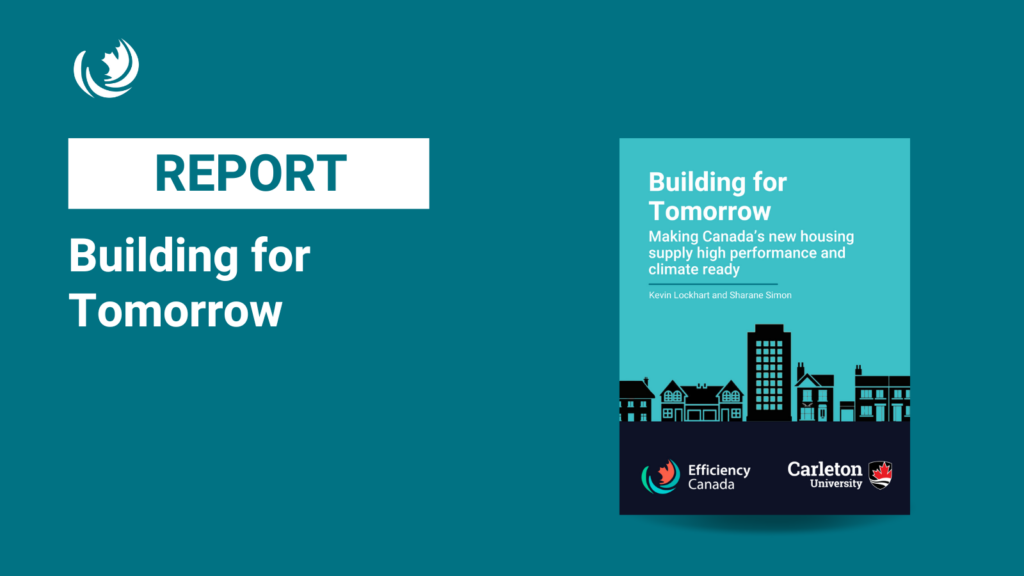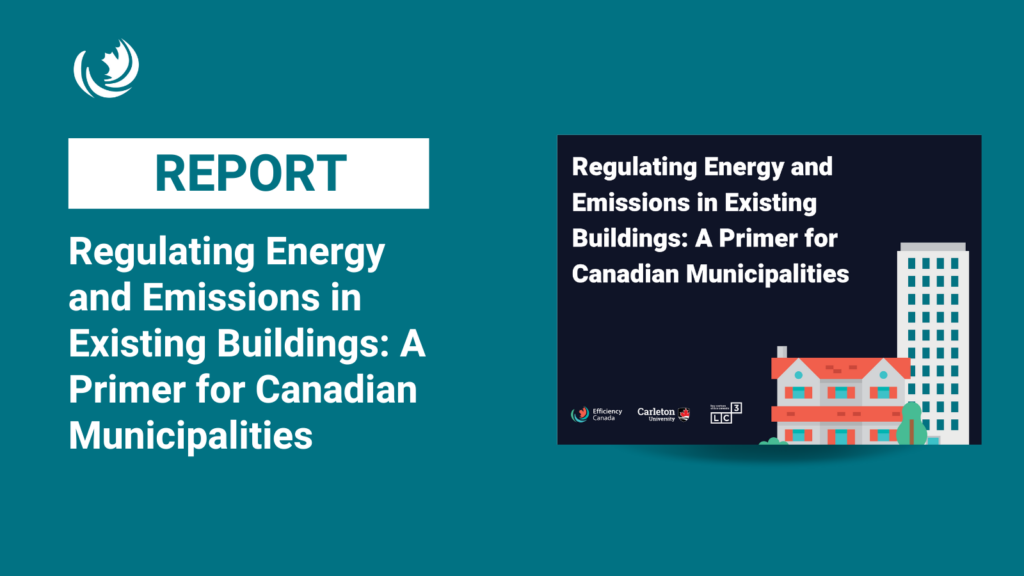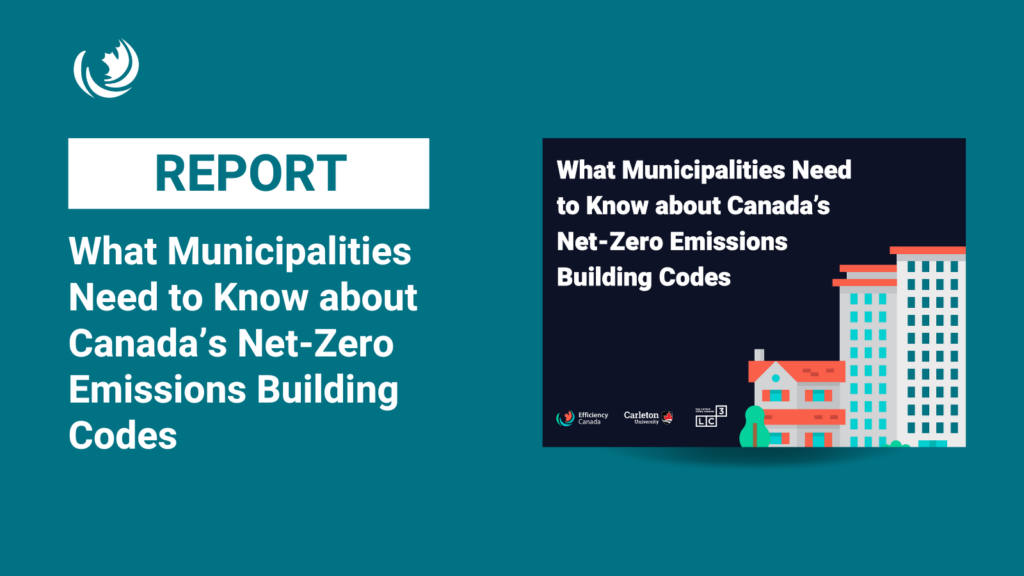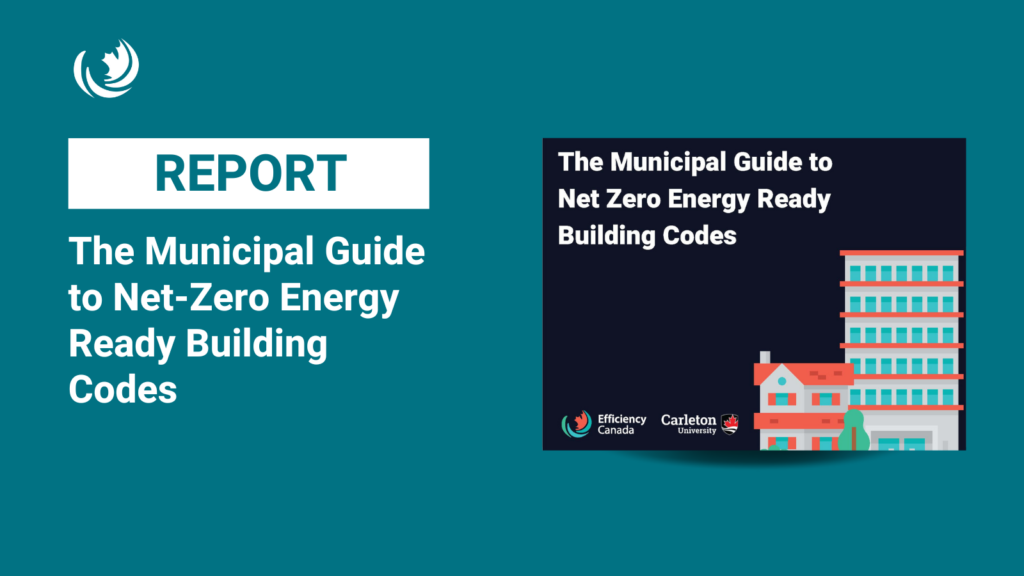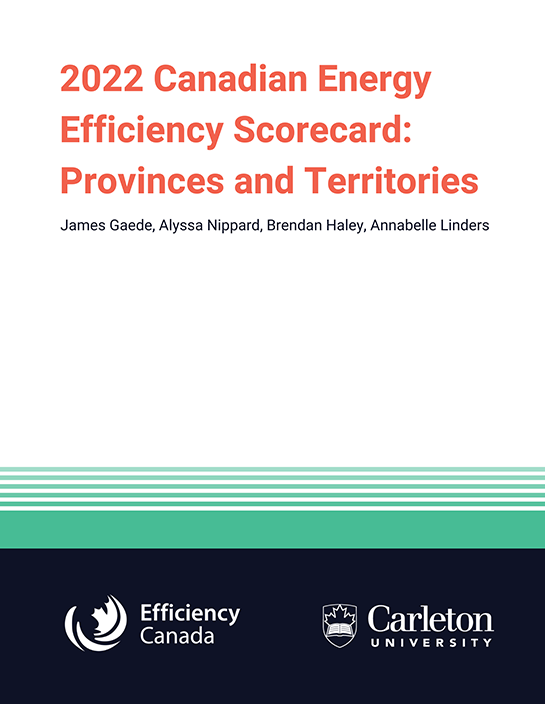Net-Zero Buildings in Canada
Building codes are a regulatory instrument that set out the requirements for the design and construction of residential or commercial buildings. Building codes ensure new construction meets minimum health, safety, and performance standards.
Where model codes are adopted into law, they are the building code for that jurisdiction and are considered the minimum requirement for health, safety and well-being as it relates to the construction and occupancy of buildings.
Building codes are enforced by the Authority Having Jurisdiction (AHJ). Through the building permit process, the AHJ reviews the submitted building plans for compliance with building codes.
Model codes: a set of suggested rules and practices that are only considered law when adopted.
Adopted codes: model codes that have been enacted by a provincial, territorial, or municipal government.
Building energy code: a regulatory standard that sets minimum efficiency requirements for new and renovated buildings and intends to reduce energy use and emissions. Energy codes are a subset of building codes.
Adoption of net-zero energy ready standards will produce 20% fewer emissions per year
Provinces and territories have agreed to reach net-zero energy-ready standard by 2030. However, adoption of the tiered codes has been limited.
Most buildings standing today will continue to be in service in 2050
Therefore, we need to retrofit nearly every building currently in use with a practical regulatory framework to encourage faster, deeper energy and emissions reductions in its existing building stock.
National rate of building retrofits needs to rise to at least 2.5% each year by 2030
This would be up from less than 1% today. Deep retrofits can target reductions in energy use by 70%, and emissions by 80% or greater.
The places where we live, work, play, and gather account for 13% of Canada’s GHG emissions. This rises to 18% when considering electricity used for cooling, lighting, and appliance usage, and even higher when considering the upstream impact associated with the manufacturing of building materials or fossil fuel-intensive construction processes.
Canadian residential and commercial buildings have seen significant reductions in energy use over the last several decades. Despite these gains, energy demand and buildings related emissions are expected to rise. Over the next 40 years this would account for half of the remaining 2°C carbon budget and twice what buildings emitted between 1990 and 2016.
Decarbonizing Canada’s building sector will require a transformation in how we design, construct and retrofit new and existing buildings. This gives a new role for building energy codes.
Learn about the role building codes play in ensuring new and existing buildings are on the path to net-zero emissions.
Building codes for new buildings
Research on net-zero buildings in Canada
Provincial Energy Efficiency Policy Scorecard and Database
An annual benchmarking of provincial policies, including which version of the code currently adopted and enforced by provinces, building code compliance activities, activities to prepare for new codes, and ability for municipalities to adopt tiers above code. The companion database is searchable by province and policy area.
Receive information and tools
Never miss an update on building codes and gain access to tools that will help accelerate change in your community.


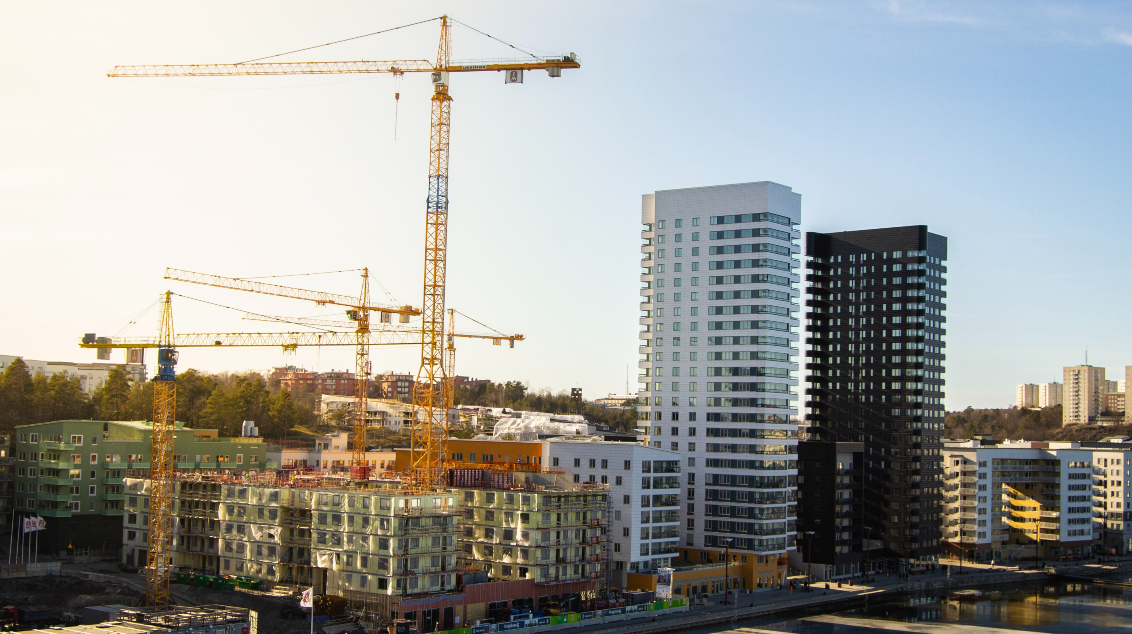


 October 20, 2023
October 20, 2023 

